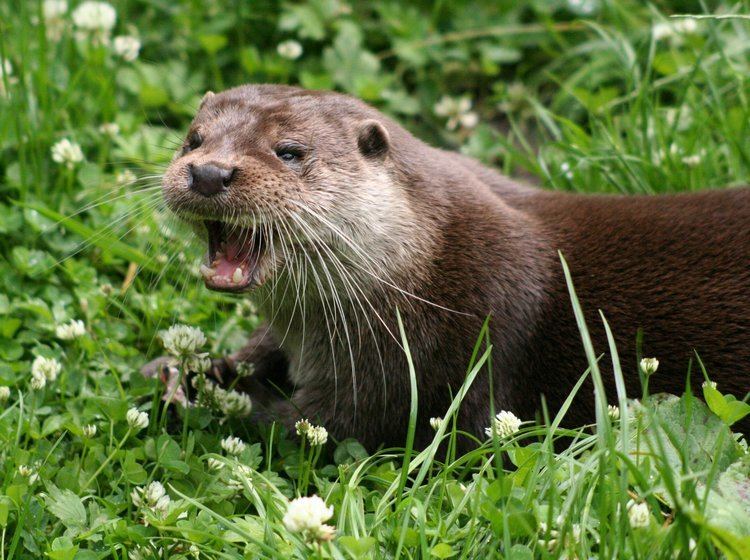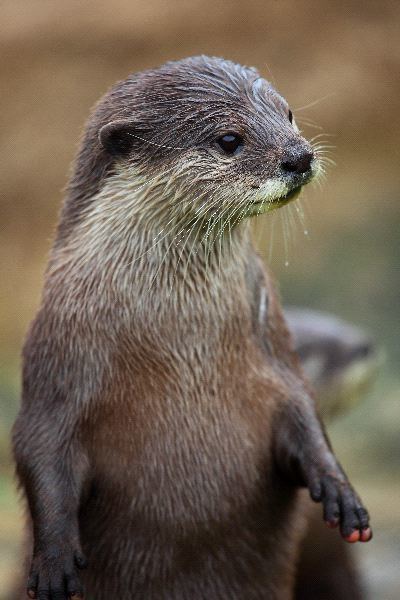Subfamily Lutrinae Higher classification Otter | Phylum Chordata Scientific name Lutra Rank Genus | |
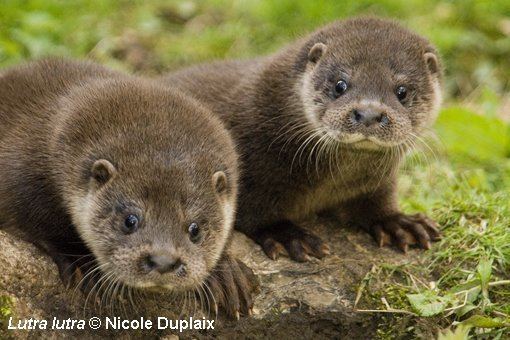 | ||
Length Eurasian otter: 57 – 95 cm, Hairy-nosed otter: 51 – 81 cm Lower classifications Eurasian otter, Hairy‑nosed otter, Japanese otter | ||
Lutra lutra game stone animal toy natural su samurunun oyunu
Lutra is a genus of otters, one of seven in the subfamily Lutrinae.
Contents
- Lutra lutra game stone animal toy natural su samurunun oyunu
- European otter lutra lutra id
- Taxonomy and evolution
- Habitat
- Diet
- Behavior
- References
European otter lutra lutra id
Taxonomy and evolution
The genus includes these recent species:

The genus most likely evolved in Asia during the late Pliocene epoch; the oldest fossil belonging to the genus is of the species L. palaeindica, and dates from the late Pliocene.
Habitat
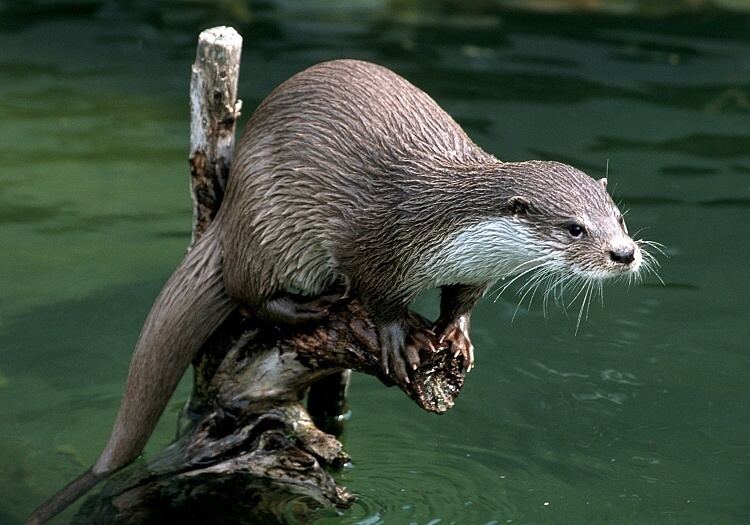
Lutra species are semiaquatic mammals, so they are well-adapted to both water and land. They prefer shallow, narrow areas of streams surrounded by mature trees and with rocks, especially where weirs reduce the flow of the water, as well as attract fishes. They seem to tolerate roads and residential and agricultural areas, but only moderate human interaction. They clearly avoid areas without vegetation cover and rocks.
Diet
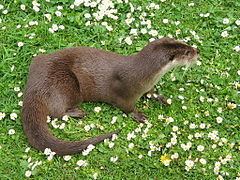
The otters' diets consist mainly of fish (hence, the aquatic environment). However, during the winter and in colder environments, fish consumption is significantly lower and the otters use other resources for their food supply. Their diets can consist of amphibians (mainly frogs and pond turtles), bird predation (mainly anserine species), small rodents, and invertebrates such as water beetles, snails, and crayfish. They have also feed on plants, specifically grasses. With this large diversity of prey and resources for their diets, otters are considered "opportunistic eaters".
Behavior
Some otters live in solitude, while others live in groups.
